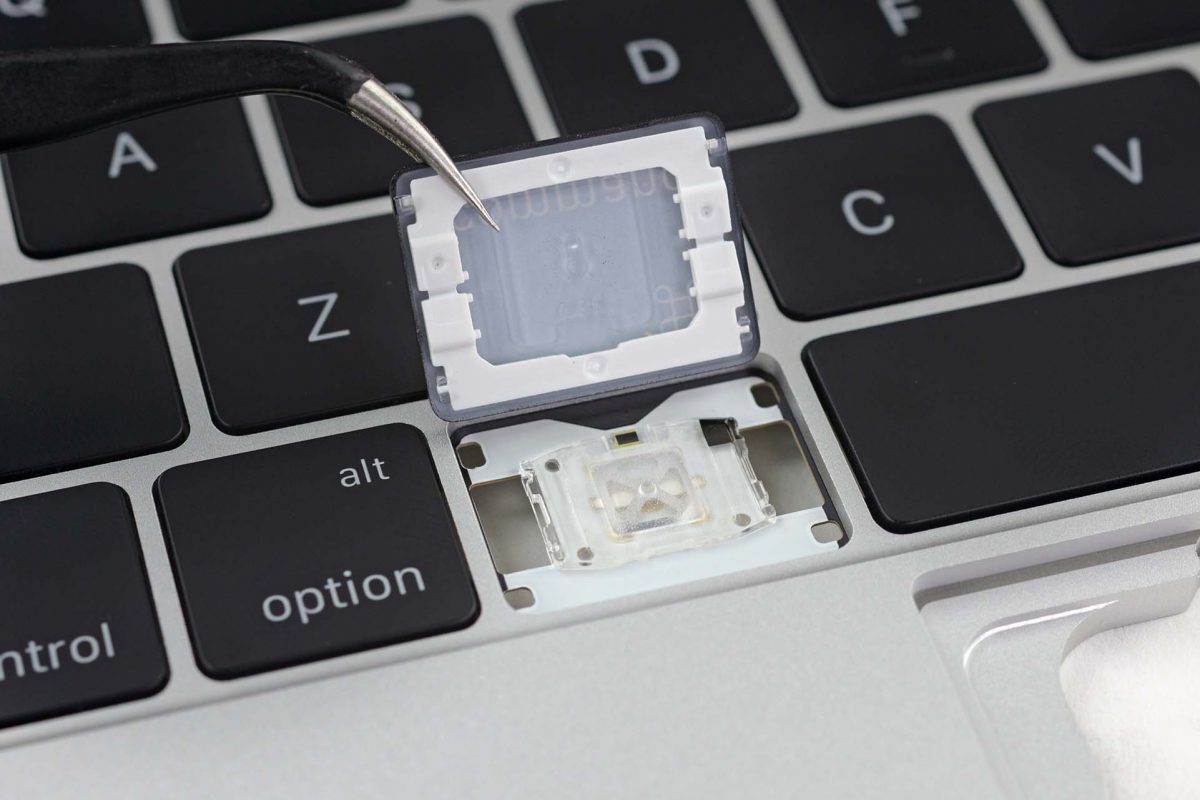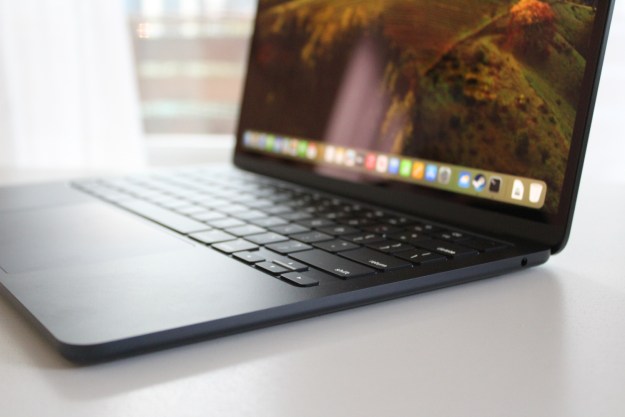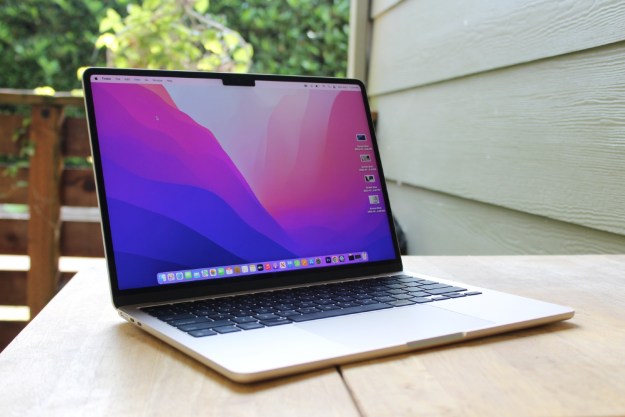A judge has tossed out Apple’s attempt to dismiss a class-action lawsuit involving the so-called butterfly keyboard. In his decision on December 2, U.S. District Court Judge Edward Davila said the company had not provided “an effective fix” for the notorious and consistently broken keyboard that was on every new MacBook model from 2015 until the debut of the new Macbook Pro 16-inch.
The verdict could be a step forward for the “right to repair” movement, or R2R, advocates who work against the efforts of companies like Apple to force customers to repair broken tools or electronics only through certified company vendors, rather than allowing them to repair items themselves.
The butterfly keyboards were designed to be extremely flat, further streamlining Apple’s already very thin and light MacBooks. But the flatness meant that if a key broke, it was impossible to replace just that one key. A fix would require taking apart half the machine, or sending in your computer for repair. Essentially, that meant that only Apple could fix it — users couldn’t make their own repairs.

“It’s a catastrophic design. This keyboard was a design mistake,” said Kyle Wiens, the founder of the tech repair website iFixit. Wiens says Apple was prioritizing design over functionality, and this case, he told Digital Trends, underscores the importance of design for repairability.
“What made it a huge problem for users was that [the keyboards] weren’t recoverable,” he said. “Every single one of their laptops since 2015 has gotten a 1 out of 10 on our repair index [iFixit’s rating system].”
Apple has not responded to a request for comment, but the lawyers that brought the suit — from the firm Girard Sharp in San Francisco — told Digital Trends they were “very pleased with the court’s decision and looking forward to moving the case forward.”
“We want to bring a solution that is going to make consumers happy and will give them resolution at the end of the day,” said firm associate Angelica Ornelas. “I think the court’s order gets us a step in the right direction.”
While many states have considered right to repair legislation, only one state, Massachusetts, has passed it — and only for cars. Similar legislation received an endorsement from Sen. Elizabeth Warren (D-Massachusetts) earlier this year. The presidential candidate told journalist Chris Hayes that “right to repair just basically says, ‘Hey guys, you got to make the information and the parts available.’”
Companies like Apple claim it’s important that consumers get their products serviced at certified stores — rather than repair the products themselves — in order to protect the company’s intellectual property and prevent someone from stealing its designs. This is often results in a hefty price tag for the customer.
“I agree with the judge’s decision!” said Gay Gordon-Byrne in a brief statement to Digital Trends. Gordon-Byrne is the executive director of The Repair Association, one of the leading R2R groups. “It’s a problem of lousy design and lousy customer service … The keyboards aren’t repairable — thus the situation.”
As the lawsuit progresses, expect to see even more scrutiny of Apple’s decision to implement the butterfly keyboard — and keep producing it in the face of consumer outcry.
“There’s this hubris in Apple saying ‘well, we make things that don’t break,’” Wiens said. “But there’s entropy. Things happen. They’re going to have to make things more reparable as they shift to other service models.”
Correction 12/5: An earlier version of this story mistated the number of states that have implemented right to repair laws. The only state is Massachusetts.
Editors' Recommendations
- These 6 tweaks take MacBooks from great to nearly perfect
- The biggest threat to the MacBook this year might come from Apple itself
- Why you should buy a MacBook Pro instead of a MacBook Air
- Why you should buy a MacBook Air instead of a MacBook Pro
- The MacBook Air 15 vs. MacBook Pro 14: the easy way to decide




